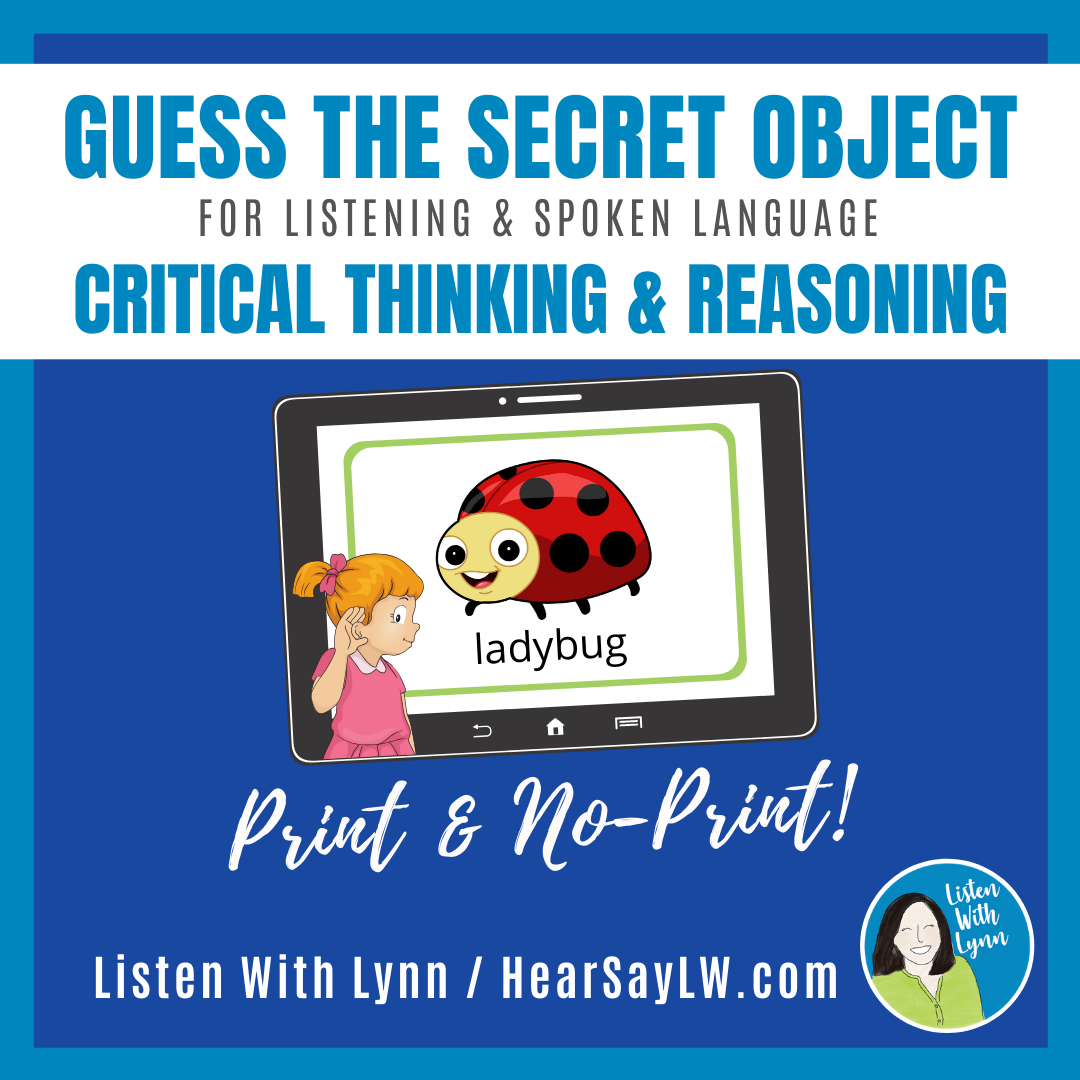Teletherapy | Distance Learning | At Home
Buzz Off is five listening and spoken language vocabulary building games in one! They are all large closed-set listening activities that can be played with one child or up to four players. Buzz Off is loved by families at home, perfect for distance learning, teletherapy, and in therapy sessions and classrooms. Buzz Off can be printed or the PDF can be played on an iPad, computer or teletherapy platform.
Buzz Off involves every player on every move. The bright, honeycombed playing boards are full of playful images that children find engaging. Children listen and find pictures in an attempt to make a continuous path of markers from one side of their game board to the other: Blue to Blue, Yellow to Yellow or Green to Green. One of the fun things about playing Buzz Off is that strategy may change based on listening to the other players’ choices.
Listening and spoken language games that target:
🐝 Game 1: Auditory Identification
🐝 Game 2: Auditory Memory
🐝 Game 3: Auditory Association
🐝 Game 4: Categories
🐝 Game 5: Critical Thinking
No Print Version
✅ Distance Learning
✅ Teletherapy
✅ Family fun game at home
Print Version
✅ Individual therapy sessions
✅ School-based lessons
✅ Small and mixed groups
✅ Family fun
Watch playing Buzz Off during a teletherapy session. A playing card is marked with a red pen free annotation tool.
BUZZ OFF played in a thetherapy session by sharing the screen and using the pen annotation tool to mark off the game card. No Print - No Prep!









